Undoubtedly, eLearning has become one of the most popular innovations in the technology-driven world. However, its popularity and growth can be traced through its remarkable History.
eLearning commenced after the invention of Sidney Pressey’s “teaching machine.” But, it came into the spotlight when people started using online learning to learn and teach valuable lessons.
Also, it is necessary to search the roots or History of eLearningorigin for a better picture of its enormous success.
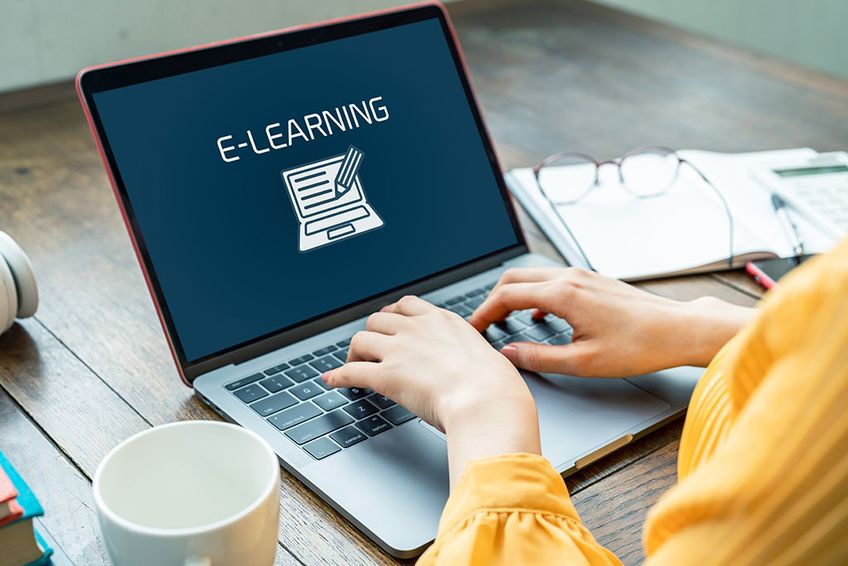
What is E-Learning?
eLearning, also known as online learning or computer-based teaching(CBT), refers to the method of educating or acquiring knowledge with the help of the virtual world. The rapid growth of technology, even in the education sector, has led to the invention of eLearning. As a result, people gravitate more towards new and innovative learning methods besides the old reading and writing on paper. Also, this evolution in learning and teaching is highly embraced.
Complete History Of eLearning From 1924 – 2023
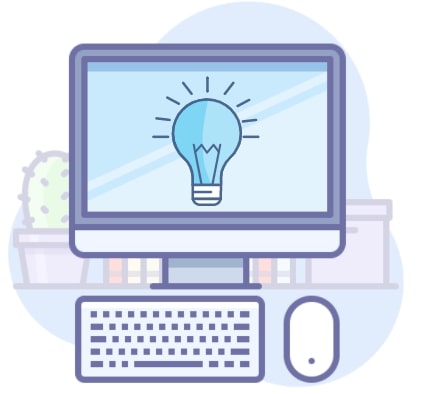
eLearning has evolved through the years. It serves educational purposes and strives to uplift professional platforms’ standards. eLearning is easily accessible to many people worldwide and eradicates the burden of maintaining books to gain knowledge.
So to get an insight into eLearning’s fame story, Let’s look into its growth through progressive years!
1. The First E-Learning Machine by Sidney L. Pressey: 1924
eLearning was brought to life by Sidney Pressey in 1924. He used to teach psychology at Ohio State University as a professor. His teaching machine came into the spotlight as an “Automatic Teacher,” though it is nothing compared to today’s high-tech systems and devices.
Working: The testing machine used to look like a typewriter, and students could solve Mcq under the guidance of this device. A question was flashed on the screen along with four options to choose a correct answer. Students would excitingly solve the MCQs. Also, the screen would only move once the student answered correctly.
Unfortunately, it didn’t gain popularity and acceptance in the education world then.
2. Bf Skinner’s Teaching Machine: 1954
Harvard professor BF Skinner introduced another teaching machine 30 years after Sidney. This machine worked on the principle of reinforcement. It is commonly known as a “Glider.” Skinner’s machine aimed to teach kids, unlike Sidney, who sought to test students.
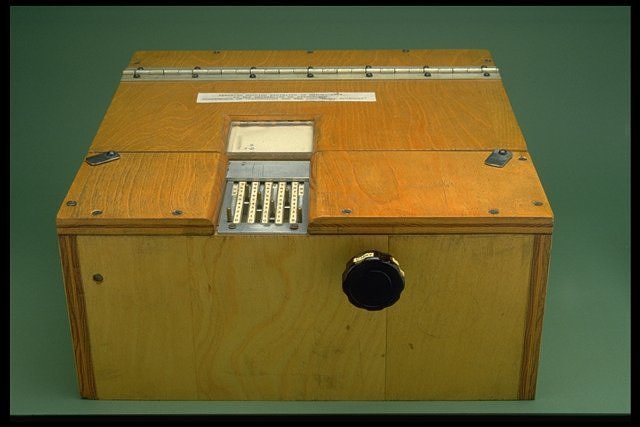
Working: This machine provided a set of questions to the students in a list. Students would answer one question at a time. And they would get rewarded for each correct answer to encourage positive reinforcement. This process would keep the students interested and engaged with the learning process. Teaching Machine by BF Skinner was completely mechanical and provided various types of questions.
3. Use of Radio for Enriched Learning: 1950
The entertainment industry very wisely used radios to spread knowledge on multiple social and political topics. Back then, radio served as a primary source of entertainment for many people. So, educational institutions used the radio platform to enlighten people.
Therefore, people learned about numerous subjects like political ideas, current global events, religion, economics, and science.

Contribution – The educational programs broadcasted through the radio helped people gain awareness about the world around them. It also helped to throw light on many social and political issues.
4. First Computer-Based Training: 1960
In 1960, teaching was assisted by a computer for the first time. A program named PLATO was initiated at Urbana-Champagne by the famous university of Illinois. PLATO was initially designed for the students of Illinois, but by 1970 it gained thousands of active users worldwide.
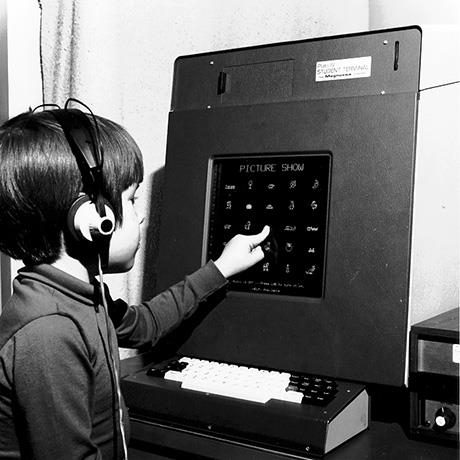
Contribution: The program prevailed for four decades, providing several modern features like emails, message boards, and content-based assessments in their earliest forms. Also, Plato introduced an eLearning blackboard.
5. Online Teaching Started At The University Of Alberta: 1968
The most historical event in the evolution of eLearning was when the university of Albert introduced IBM’s 1500. It was a network of computers that allowed to share information and management courses among students.
Contribution: This innovation served more than 20,000 students and connected 17 classes. The program was able to experiment with sending constructive feedback, coursework, grade assessments, and receiving responses.
6. 1969: The Internet Set up
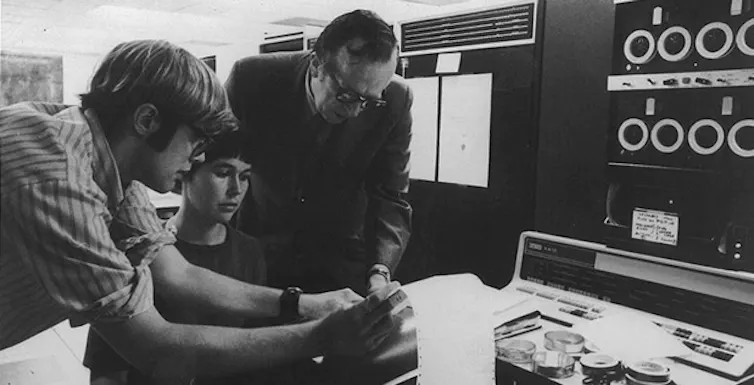
Back then, the ARPANET was the forerunner of the internet we know and use globally today. In light of the difficulty in overseas trade and lack of communication due to long distances, the introduction of the internet is the most highlighted even in the History of technology. It provided a platform for like-minded individuals and enterprises to connect under the secure protocol.
It undeniably paved the path for modern-day e-Learning.
7. Computer Mouse and Guis Were Invented: In 1970
Imagine operating a computer without a keyboard or mouse; you can find yourself in a very inconvenient position. The situation of the people before the invention of the computer mouse and keyboard was precisely the same. However, the creation of the mouse and keyboard opened the doors for eLearning using computers within the comfort of homes.
8. The Mac Come Into the Picture: 1980
The first personal computer, the Macintosh 128K, or the first Apple Mac, was introduced in 1980. By this time, people had started using computers and the internet to share information worldwide with other Mac users, surfing websites, developing their skills, and learning about various topics.
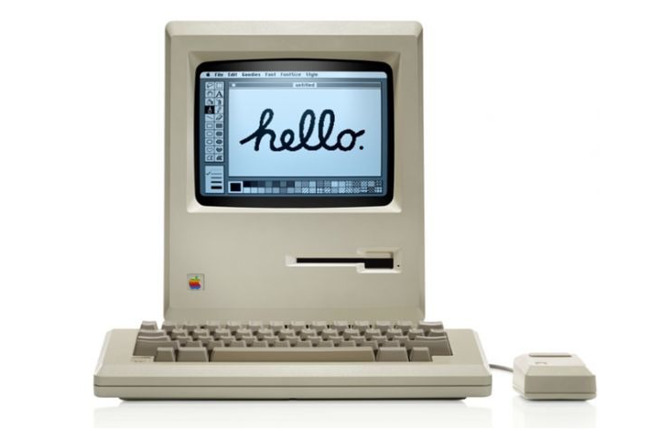
9. Learning Management System: 1995
Computers and the internet gained immense popularity and played a vital role in education. As a result, the LMS started assisting the teaching and helped to enhance learning. In addition, people at various universities and schools began keeping records, attendance, exams, and grades using LMS. Also, Blackboard became an innovative teaching method in many schools and universities in the USA.
10. The Term E-Learning Originated: in 1999
A term called eLearning was coined in 1999 for people who were pursuing their degree online and learning through computers to get educated. Elliott Masie was the researcher and educator who mentioned the term eLearning in a workshop on CBT systems for the first time. This name has been widely used and continues influencing millions of people’s lives.
11. E-Learning in Business: 2000’s
Many companies worldwide started using eLearning and online platforms to train their employees. They also focused on improving their skills by using an evolutionary eLearning method.
Today every company in the world train and develop their employee’s skills with the help of eLearning.
12. Open Course Ware Project by MIT: 2001
In 2001, The Massachusetts Institute of Technology (MIT) introduced a massive initiative called OpenCourseWare project to make quality education easy and free. Since then, the project has served students with 50 courses, including video lectures from MIT’s top experienced professors. And it is so fascinating to know that as of 2016, this platform has reached a maximum of 2 million visits for online learning.
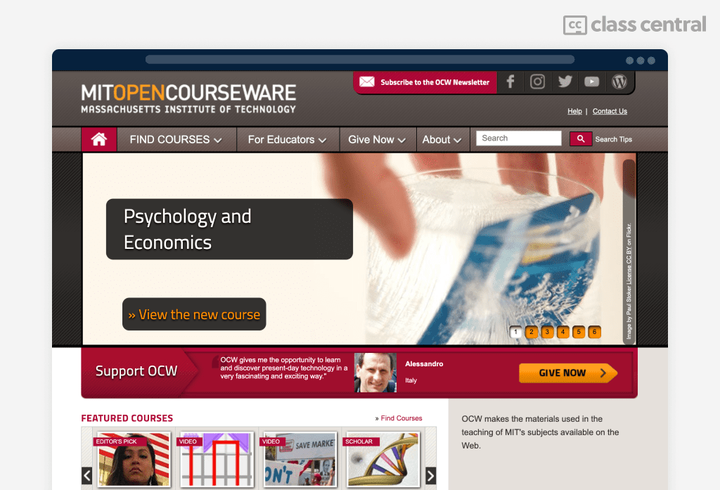
13. Udemy Originated: In 2010
In 2010, a trio of Turkish professionals founded the world’s most popular and successful online course platform, Udemy.
Considering the present-day scenario, this platform serves online courses to over 50 million students globally in 65 languages with over 57000 teachers. Therefore, it is safe to say that this platform has reached heights through evolving years. Moreover, students can avail of multiple services online, for example, certificate courses, video lectures, grades, and assignments.
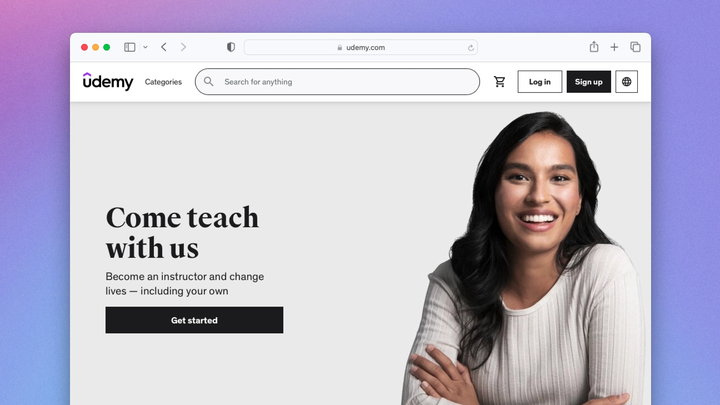
14. Spread of Social Learning: 2010
In 2010, with the rapid growth and undeniable popularity of social media platforms like Facebook, Twitter, Youtube, and LinkedIn, online learning received massive active users. As a result, people can now access the internet, learn remotely from their homes, and get educated from any part of the world.
There was something for everyone, from one-minute Diys to long informational documentaries. In addition, people can upkeep with the news and everything happening around them by reading Twitter threads and social media updates.
eLearning has evolved and reached multiple users; its growth has been visible through the years.
15. Online Learning in Covid: 2020
With the covid-19 outbreak, online learning came into the spotlight. The inaccessibility of traditional classrooms exposed the students to online learning and some of its demerits. Any crowd-engaging events or activities were banned to avoid spreading covid, and the lockdown forced everyone to enroll in online learning.
The Pandemic introduced us to the significant role of technology and eLearning in modern lives. It also opened the doors of technology-driven future education, and eLearning is now the only way forward.

16. E-Learning Today
E-Learning approaches and mediums have expanded through the years. Today, active users of online learning have increased globally. Students can learn anything and everything with a simple touch on their smartphones, PCs, and tablets. They can access information on any topic, get educated on multiple subjects, and keep up with global news through a single platform called eLearning.
Conclusion
Education and business streams use the eLearning platform widely.
However, though eLearning gained enough fame and has crossed the milestone of success in reaching a large audience, perhaps its flawless utilization is yet to be discovered.
Nonetheless, we can agree with the gracious growth of eLearning after looking at its evolution in technology history.





